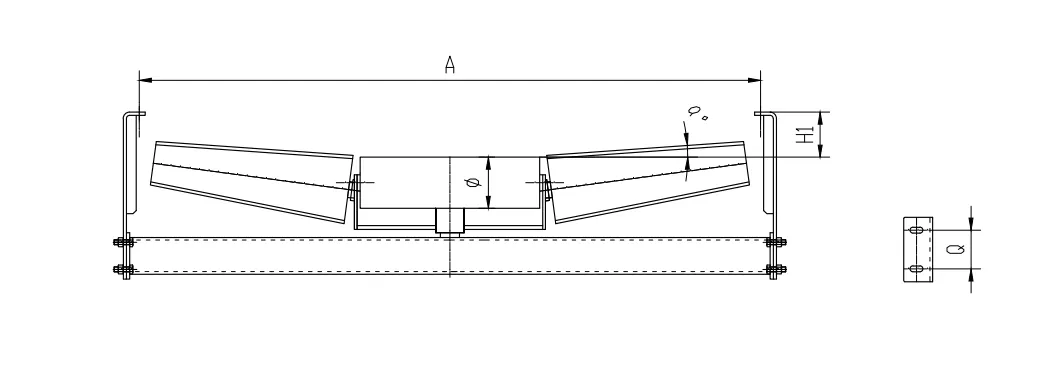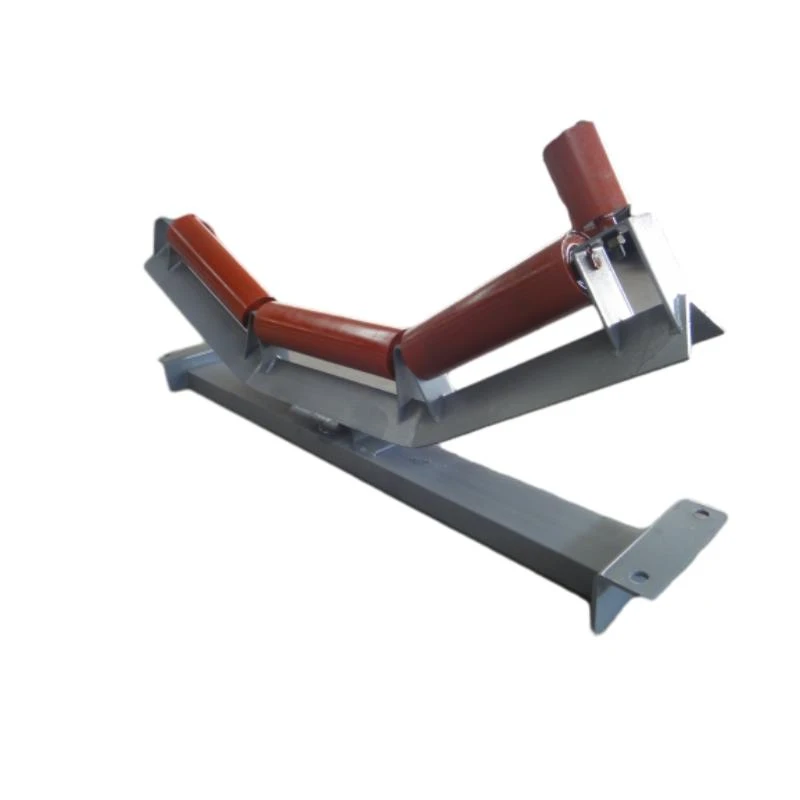 Afrikaans
Afrikaans  Albanian
Albanian  Amharic
Amharic  Arabic
Arabic  Armenian
Armenian  Azerbaijani
Azerbaijani  Basque
Basque  Belarusian
Belarusian  Bengali
Bengali  Bosnian
Bosnian  Bulgarian
Bulgarian  Catalan
Catalan  Cebuano
Cebuano  Corsican
Corsican  Croatian
Croatian  Czech
Czech  Danish
Danish  Dutch
Dutch  English
English  Esperanto
Esperanto  Estonian
Estonian  Finnish
Finnish  French
French  Frisian
Frisian  Galician
Galician  Georgian
Georgian  German
German  Greek
Greek  Gujarati
Gujarati  Haitian Creole
Haitian Creole  hausa
hausa  hawaiian
hawaiian  Hebrew
Hebrew  Hindi
Hindi  Miao
Miao  Hungarian
Hungarian  Icelandic
Icelandic  igbo
igbo  Indonesian
Indonesian  irish
irish  Italian
Italian  Japanese
Japanese  Javanese
Javanese  Kannada
Kannada  kazakh
kazakh  Khmer
Khmer  Rwandese
Rwandese  Korean
Korean  Kurdish
Kurdish  Kyrgyz
Kyrgyz  Lao
Lao  Latin
Latin  Latvian
Latvian  Lithuanian
Lithuanian  Luxembourgish
Luxembourgish  Macedonian
Macedonian  Malgashi
Malgashi  Malay
Malay  Malayalam
Malayalam  Maltese
Maltese  Maori
Maori  Marathi
Marathi  Mongolian
Mongolian  Myanmar
Myanmar  Nepali
Nepali  Norwegian
Norwegian  Norwegian
Norwegian  Occitan
Occitan  Pashto
Pashto  Persian
Persian  Polish
Polish  Portuguese
Portuguese  Punjabi
Punjabi  Romanian
Romanian  Russian
Russian  Samoan
Samoan  Scottish Gaelic
Scottish Gaelic  Serbian
Serbian  Sesotho
Sesotho  Shona
Shona  Sindhi
Sindhi  Sinhala
Sinhala  Slovak
Slovak  Slovenian
Slovenian  Somali
Somali  Spanish
Spanish  Sundanese
Sundanese  Swahili
Swahili  Swedish
Swedish  Tagalog
Tagalog  Tajik
Tajik  Tamil
Tamil  Tatar
Tatar  Telugu
Telugu  Thai
Thai  Turkish
Turkish  Turkmen
Turkmen  Ukrainian
Ukrainian  Urdu
Urdu  Uighur
Uighur  Uzbek
Uzbek  Vietnamese
Vietnamese  Welsh
Welsh  Bantu
Bantu  Yiddish
Yiddish  Yoruba
Yoruba  Zulu
Zulu Feb . 13, 2025 08:31
Back to list
Belt Conveyor Idler
Rollers and idlers are indispensable components in the conveyor systems used across various industries, from mining and manufacturing to logistics and packaging. Designing a conveyor system requires careful consideration of these elements to ensure seamless operation, efficiency, and durability. This article delves into the intricate world of rollers and idlers, offering insights gained from years of experience, authoritative know-how, and industry best practices to guide you in selecting the optimal components for your needs.
Maintenance is Key Even the best-engineered systems require regular maintenance to sustain performance and prevent downtime. Routine inspections of rollers and idlers can identify premature wear, ensuring timely replacements before system performance is compromised. Many modern solutions include self-cleaning features that reduce maintenance frequency, while others allow for quick-access mechanisms that simplify on-site repairs. Industry Insights and Best Practices Long-standing industry expertise emphasizes the importance of aligning components with operational demands. Mining applications, for example, require heavy-duty rollers and idlers capable of handling abrasive materials and heavy loads. Conversely, lightweight applications in e-commerce distribution centers benefit from low-friction, noise-reducing components that maintain high speed and efficiency. Furthermore, a shift towards smart conveyor systems has introduced innovations like sensor-equipped rollers and idlers. These components provide real-time data on system performance, enabling predictive maintenance strategies that further enhance reliability and efficiency. The Trust Factor Choosing the Right Supplier Selecting a reliable supplier for rollers and idlers adds another layer of assurance in system performance. Look for manufacturers with a proven track record, industry certifications, and a commitment to innovation. Partnering with experts provides access to the latest advancements and ensures that your system remains at the forefront of technology and efficiency. Conclusion With decades of collective experience in the field, our perspective on rollers and idlers offers a comprehensive understanding of these pivotal elements in conveyor systems. Their roles, material choices, and design considerations are crucial for system efficiency and longevity. Emphasizing maintenance, adopting best practices, and partnering with reputable suppliers solidify the foundation for a robust and reliable conveyor solution tailored to your operational needs.


Maintenance is Key Even the best-engineered systems require regular maintenance to sustain performance and prevent downtime. Routine inspections of rollers and idlers can identify premature wear, ensuring timely replacements before system performance is compromised. Many modern solutions include self-cleaning features that reduce maintenance frequency, while others allow for quick-access mechanisms that simplify on-site repairs. Industry Insights and Best Practices Long-standing industry expertise emphasizes the importance of aligning components with operational demands. Mining applications, for example, require heavy-duty rollers and idlers capable of handling abrasive materials and heavy loads. Conversely, lightweight applications in e-commerce distribution centers benefit from low-friction, noise-reducing components that maintain high speed and efficiency. Furthermore, a shift towards smart conveyor systems has introduced innovations like sensor-equipped rollers and idlers. These components provide real-time data on system performance, enabling predictive maintenance strategies that further enhance reliability and efficiency. The Trust Factor Choosing the Right Supplier Selecting a reliable supplier for rollers and idlers adds another layer of assurance in system performance. Look for manufacturers with a proven track record, industry certifications, and a commitment to innovation. Partnering with experts provides access to the latest advancements and ensures that your system remains at the forefront of technology and efficiency. Conclusion With decades of collective experience in the field, our perspective on rollers and idlers offers a comprehensive understanding of these pivotal elements in conveyor systems. Their roles, material choices, and design considerations are crucial for system efficiency and longevity. Emphasizing maintenance, adopting best practices, and partnering with reputable suppliers solidify the foundation for a robust and reliable conveyor solution tailored to your operational needs.
Next:
Latest news
-
Revolutionizing Conveyor Reliability with Advanced Rubber Lagging PulleysNewsJul.22,2025
-
Powering Precision and Durability with Expert Manufacturers of Conveyor ComponentsNewsJul.22,2025
-
Optimizing Conveyor Systems with Advanced Conveyor AccessoriesNewsJul.22,2025
-
Maximize Conveyor Efficiency with Quality Conveyor Idler PulleysNewsJul.22,2025
-
Future-Proof Your Conveyor System with High-Performance Polyurethane RollerNewsJul.22,2025
-
Driving Efficiency Forward with Quality Idlers and RollersNewsJul.22,2025
OUR PRODUCTS





























